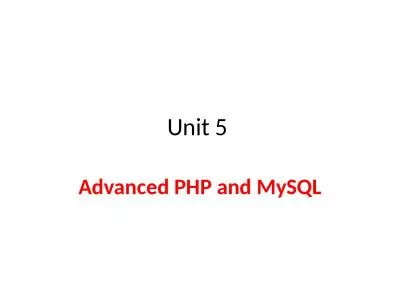PPT-PHP & MySQL 1 Ar hitektura
Author : scoopulachanel | Published Date : 2020-08-05
Web Browser Web Server Request Page Page with PHP code Read File PHP Interpreter Pass PHP page and server variables GET attributes Server settings etc Generate
Presentation Embed Code
Download Presentation
Download Presentation The PPT/PDF document "PHP & MySQL 1 Ar hitektura" is the property of its rightful owner. Permission is granted to download and print the materials on this website for personal, non-commercial use only, and to display it on your personal computer provided you do not modify the materials and that you retain all copyright notices contained in the materials. By downloading content from our website, you accept the terms of this agreement.
PHP & MySQL 1 Ar hitektura: Transcript
Download Rules Of Document
"PHP & MySQL 1 Ar hitektura"The content belongs to its owner. You may download and print it for personal use, without modification, and keep all copyright notices. By downloading, you agree to these terms.
Related Documents



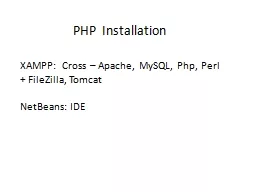
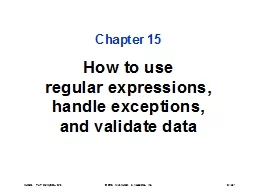

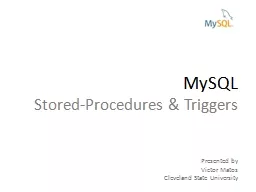
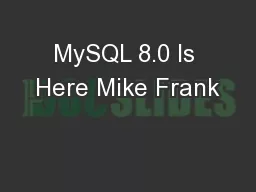
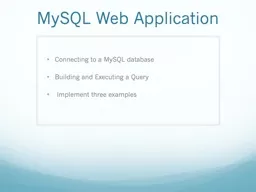


![[READING BOOK]-Learning PHP, MySQL JavaScript: With jQuery, CSS HTML5 (Learning Php,](https://thumbs.docslides.com/971111/reading-book-learning-php-mysql-javascript-with-jquery-css-html5-learning-php-mysql-javascript-css-html5.jpg)
![[eBOOK]-Programming 60: C++ Programming Professional Made Easy & MYSQL Programming Professional](https://thumbs.docslides.com/980127/ebook-programming-60-c-programming-professional-made-easy-mysql-programming-professional-made-easy-c-programming-c-language-c-for-beginners-c-mysql-programming-mysql-c-programming.jpg)

